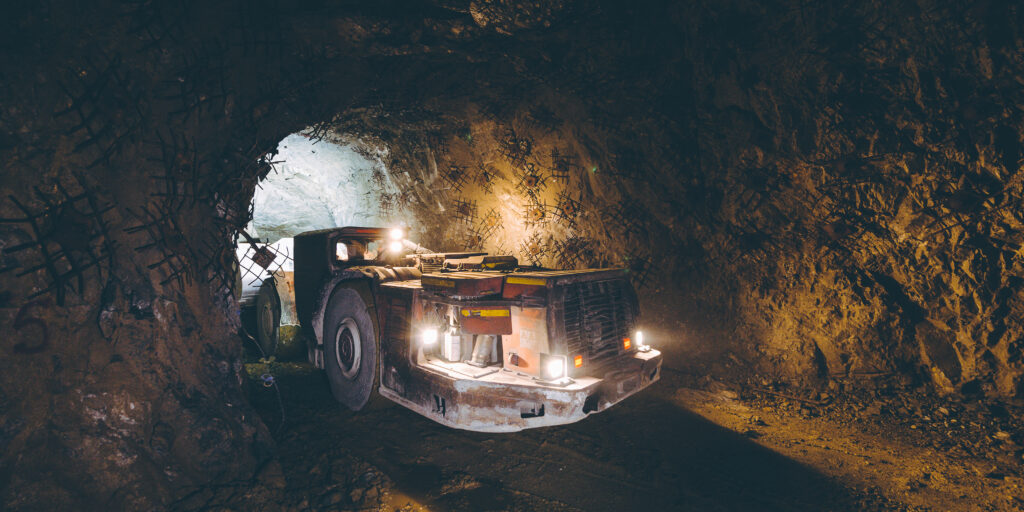Fleet Management Depends on a Robust Wireless Network
According to an April 2020 report by ResearchandMarkets.com the automation market within the mining industry is expected to grow at a CAGR of 7.2 percent through 2025. Autonomous Vehicles (AVs) are replacing standard equipment purchases in mining operations to drive greater efficiency.
These fleets of haulers, dozers, crushers and loaders can operate 24 hours a day, 7 days a week with little human intervention. That automation comes at a cost of thousands, and even millions of dollars per machine. However, the return on investment for autonomous equipment expenditures can be significant.

According to the International Institute for Sustainable Development, driverless haul trucks and loaders deliver 15-20 percent more output, reduce fuel consumption by 10-15 percent and lower maintenance costs by 8 percent.
With millions invested in AV machinery, the role of the simple antenna in keeping WiFi and mesh network connectivity has become mission critical. Many OEMs set the lifetime standard of 100,000 service hours for their equipment. Yet the $10 antenna that serves as the lifeline to operators often delivers a fraction of that uptime.
The results to mining operations can be significant:
- Autonomous Vehicle Handling: Loss of signal often shuts down AVs, which require manual interaction to restart. Better antenna signal reliability minimizes hand’s on maintenance and opportunities for downtime and injury.
- Equipment Maintenance: Fleet Management Systems utilize antennas to deliver a stream of load, temperature, stress, service time and positional data that help crews keep equipment properly maintained in safe, working order.
Working with OEMs
A global mining equipment manufacturer turned to MP Antenna to improve the durability of the antennas on their mining machines. There were issues with the size and reception quality of their current spec antennas. Too many antennas in one footprint created mounting issues around the access points of its machines.
Over the next five months, MP Antenna collaborated with the OEM to develop a number of designs, radome materials, bases and brackets to find a rugged, compact solution that would meet the gain requirements of 6 dBi.
After a series of in-house and on-site tests, MP Antenna machined Delrin®, a high performance acetal resin, along with its proprietary dual band, multi-polarized antenna to deliver exactly what the OEM needed for WiFi and RF connectivity on their mining machines.
After more than 4 years, thousands of service hours on hundreds of machines, the Rugged Wave™ antenna is still performing well in the world’s most challenging environments. And the OEM has a spec antenna product that is as tough as its machines.
